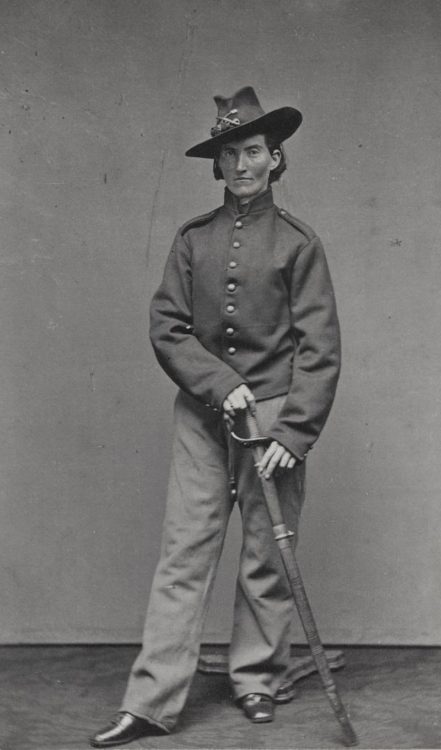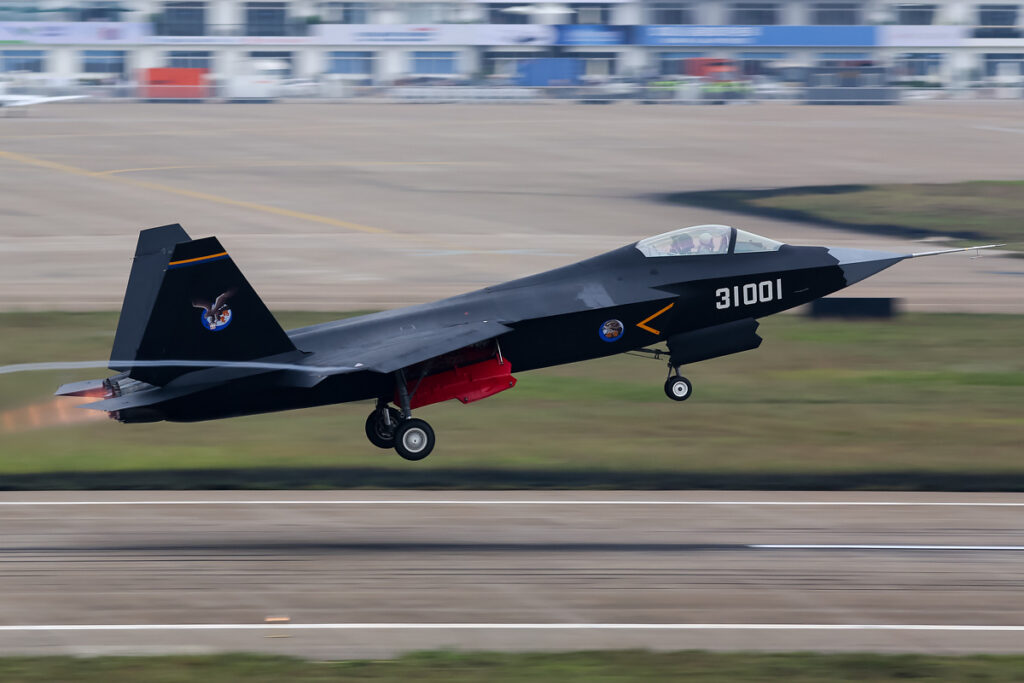THE EVOLUTION OF WOMEN’S EQUALITY IN THE MILITARY
- By Sandboxx
Share This Article

The roles of women in the military have evolved greatly since the Revolutionary War. Not only have women been integral parts of nearly every major conflict involving the U.S., they’ve done so while also fighting for basic rights and equalities, both in and out of uniform. Female service members have faced unique challenges throughout history, and worked to not only overcome them, but to prove their worth and value in major ways.
During much of the 18th and 19th centuries, women’s involvement with the military was largely off of the battlefield. Women distinguished themselves predominantly as cooks, nurses and in other helping roles. Their efforts afforded protection and care for soldiers, in order to ensure their health during battle. While these roles were by and large safer than those in combat, there were instances of women putting their lives on the line for the cause as spies.

At the time, women were seen as non-threatening and in many cases incapable of committing acts of espionage. Their ability to essentially be invisible, in terms of raising suspicion, was what gave them such ample opportunity to obtain valuable information to pass along through the ranks. Spy networks became an essential part of military strategy, and to this day there are a number of female spies whose identities are still a mystery.
As time went on, there were women who wanted to be able to serve in more hands-on, tactical capacities. Since women were not allowed to serve in combat roles, there was really only one way for them to be able to do so: and that was to fight as men. The Civil War had an estimated 400 women who disguised themselves as men in order to fight for the cause. Despite proving their ability to perform equal to or better than their unsuspecting male counterparts, the acknowledgment of women in combat was fiercely denied by military forces. In the early 1900’s, the Army would flatly deny any documentation of female soldiers, even though there were ample records to the contrary.

World War I saw more female involvement in war efforts, but it was still predominantly in helping roles such as nursing, food prep and clerical work. It was during World War II that there began to be a shift in terms of a woman’s ability to serve their country.
By 1943, President Roosevelt had incorporated the WAC (Women’s Army Corps) into the U.S. Army, and women were able to contribute in more ways. While they still served as nurses, there were also more opportunities for positions as medical assistants and surgical technicians, which required more training and arguably garnered more respect. In various capacities, and estimated 350,000 women joined the military during WWII.

The WAC was disbanded by Congress 35 years later in 1978, when male and female forces became integrated. In 1980, 62 women graduated West Point as second lieutenants, and greater access to the same military resources meant that women could begin to rise through the ranks and gain recognition for roles that up until then had only been held by men.
The 1990’s and early 2000’s saw more and more women contributing and admirably performing in every branch of the military. 2008 marked the achievement of the first female four star general, Ann Dunwoody, and in 2011 Lieutenant General Patricia Horoho became the first female Surgeon General. That was, of course, with a distinct exception to combat roles.

It wasn’t until 2013, when Leon Panetta, the Secretary of Defense at the time, lifted the ban on women in combat roles. While this wasn’t immediate, by August of 2015, when two women became the first ever females to graduate from the Army Ranger School, the Pentagon announced that all combat positions would be open to women.
In the five years since, there have been continuous achievements made by women, many of whom are becoming the first females in their field. While women only make up an estimated 16% of enlisted forces, their perseverance, commitment and leadership skills are greatly contributing to the overall shift of the military becoming a more inclusive, well rounded, and arguably stronger force.

There are still many areas in which the military can grow and improve in terms of accepting and protecting the rights and abilities of female service members, and the current trajectory shows that there is movement in a positive direction. Women in the military are a unique force of nature. In an effort to defend and fight for their country, they have faced countless challenges and obstacles denying them the right. The ingenuity and dedication of female service members is unmatched and continues to be a defining factor in what makes them such an irreplaceable part of the military.
Related Posts
Sandboxx News Merch
-

‘AirPower’ Classic Hoodie
$46.00 – $48.00 Select options This product has multiple variants. The options may be chosen on the product page -

‘Sandboxx News’ Trucker Cap
$27.00 Select options This product has multiple variants. The options may be chosen on the product page -

F-35 ‘Lightning’ Framed Poster
$45.00 – $111.00 Select options This product has multiple variants. The options may be chosen on the product page

Sandboxx
The editorial team at Sandboxx.
Related to: Military Affairs, Military History

The CIA used miniature models to meticulously plan high-stakes operations

Video: How good is China’s new stealth fighter?

Who dares wins: The importance of defeat in being successful

Marines deploy new system to take out ships in the Pacific
Sandboxx News
-

‘Sandboxx News’ Trucker Cap
$27.00 Select options This product has multiple variants. The options may be chosen on the product page -

‘AirPower’ Classic Hoodie
$46.00 – $48.00 Select options This product has multiple variants. The options may be chosen on the product page -

‘AirPower’ Golf Rope Hat
$31.00 Select options This product has multiple variants. The options may be chosen on the product page -

‘Sandboxx News’ Dad Hat
$27.00 Select options This product has multiple variants. The options may be chosen on the product page
